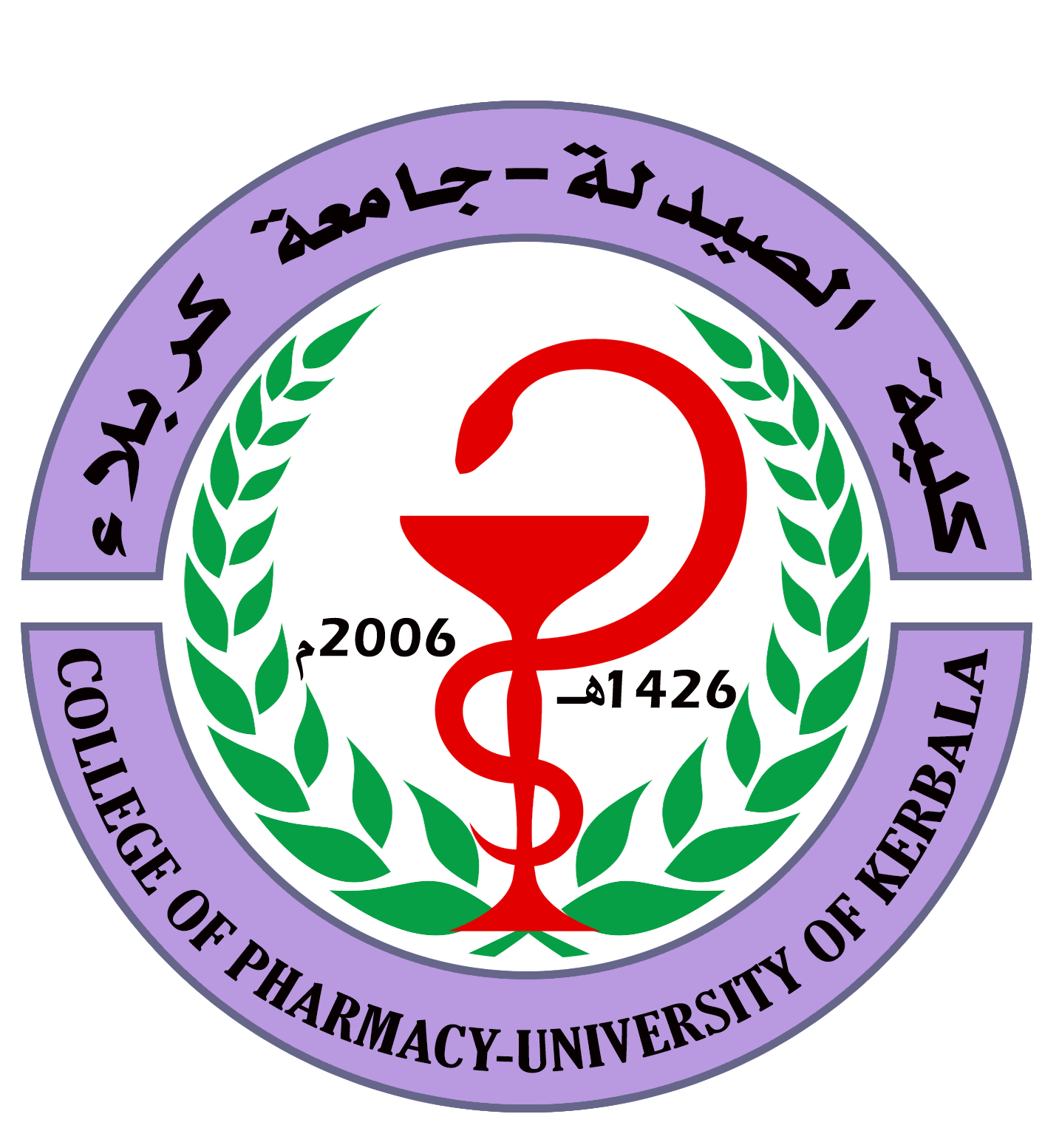Bacterial Profile and Evaluation of Cxcl10 Level in Urine Among People Suffering from Urinary Tract Infections
DOI:
https://doi.org/10.62472/kjps.v15.i24.187-198الكلمات المفتاحية:
ELISA، CXCL10، UTIS، E.coliالملخص
A common bacterial infection that affects millions of people worldwide every year are infections of the urinary tract. The most frequent causes of urinary tract infections, both simple and serious, are Escherichia coli and Klebsiella pneumonia. Proteus mirabilis, Pseudomonas aeruginosa, Enterococcus faecalis, Staphylococcus aureus, and saprophylococcus saprophyticus. In the early 1970s and late 1980s, chemokines were discovered. These positively charged cytokines have molecular weights ranging from 8 to 10 kDA. Since they control immune cell infiltration and inflammatory mediator release., they are essential to the immune system. The 10 kDa interferon-gamma inducible protein of the inflammatory chemokine IP-10, (IP-10) is too referred as C-X-C motif chemokine ligand 10 (CXCL10). Assess the concentration of CXCl10 in the urine of individuals with urinary tract infections. Biomarker (CXCL10), had high-level in-patient group compared to control group which suggests an inflammatory state in these patients. the Sensitivity % of (CXCL10) marker 55.6% and the Specificity 82.2% can be castoff as markers of inflammation, progression, and complications in patients with UTI.










